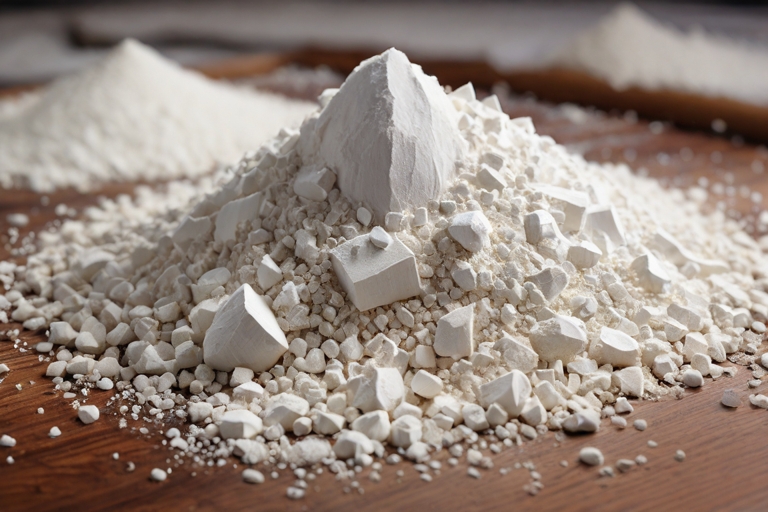Precipitated silica serves as an exceptionally valuable base material in the catalyst industry. Its porous structure, high specific surface area, and chemical stability make silica an ideal substrate for immobilizing active catalytic species.
Two Primary Impacts of Precipitated Silica in Catalysts
- Catalytic Bed: Silica acts as a solid bed, holding active catalytic species on its surface. This increases the contact surface between the catalyst and reactants, consequently accelerating the reaction rate. Additionally, using silica as a bed enhances the thermal and chemical stability of the catalyst.
- Tuning Catalytic Properties: By modifying the particle size, specific surface area, pore size distribution, and surface chemical structure of silica, catalytic properties can be adjusted. For instance, increasing the specific surface area boosts the number of active sites, thereby enhancing catalytic activity. Moreover, by altering the pore size distribution, the catalyst’s selectivity towards various products can be controlled.
Applications of Precipitated Silica in Producing Catalysts and Adsorbents
- Hydrogenation Catalysts: Silica is used as a substrate for noble metals such as platinum, palladium, and rhodium. These catalysts find applications in hydrogenation processes of edible oils, chemical production, and petrochemicals.
- Oxidation Catalysts: Silica is used as a substrate for transition metals like manganese, cobalt, and copper. These catalysts are employed in oxidation processes such as hydrogen peroxide production and aromatic oxidation.
- Acid Catalysts: Silica is used as a substrate for solid acids such as sulfonic acid and phosphoric acid. These catalysts are used in isomerization, alkylation, and hydration processes.
- Base Catalysts: Silica is used as a substrate for solid bases such as sodium and potassium hydroxide. These catalysts are used in condensation, esterification, and epoxidation processes.
- Adsorbents: Due to its high specific surface area and porosity, silica is used as an adsorbent for removing pollutants from water and air. Silica is also used in producing silica gels for drying and packaging moisture-sensitive materials.
Advantages of Using Precipitated Silica in Catalyst Production
- High Thermal and Chemical Stability: Silica is resistant to high temperatures and corrosive environments.
- High Specific Surface Area: The high specific surface area of silica enhances catalytic activity.
- Adjustable Porosity: The pore size distribution in silica can be adjusted, increasing the catalyst’s selectivity.
- Environmental Friendliness: Silica is a natural and environmentally friendly material.
In conclusion, precipitated silica, as a crucial base material in the catalyst industry, plays a pivotal role in developing new catalysts and improving chemical processes.
